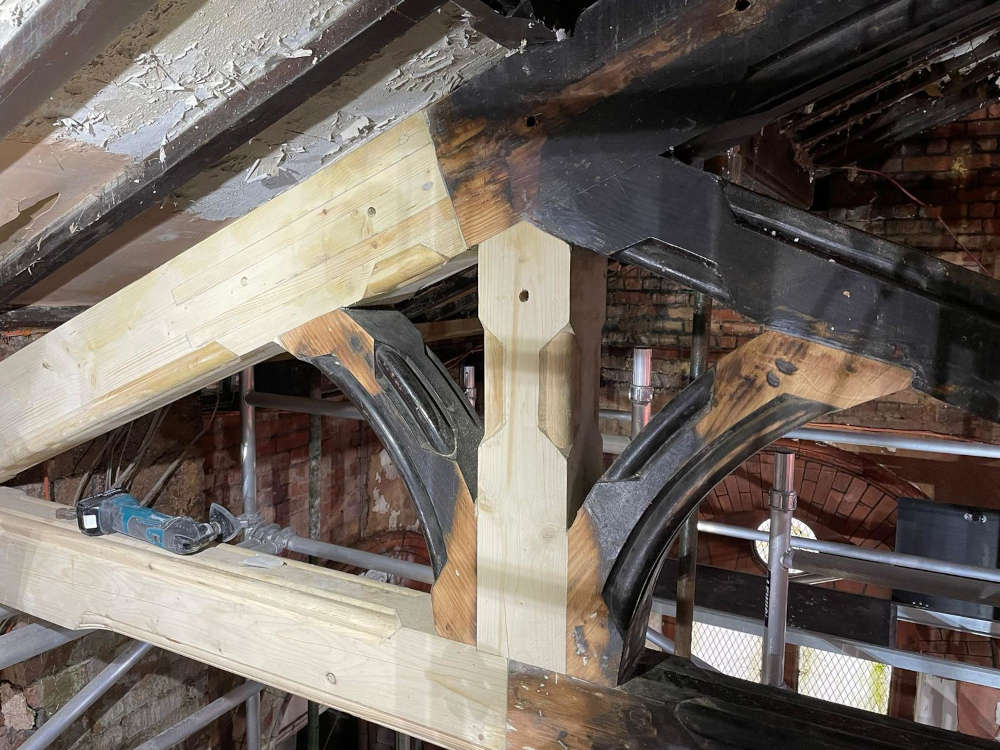The Art of Timber Restoration Repair: Reviving Woodwork

The art of Timber Restoration repair is akin to breathing new life into old woodwork, reviving its essence and extending its lifespan for generations to come. It’s a delicate dance between craftsmanship and science, where each Timber Restoration tells a story of resilience and restoration. From historic structures to cherished furniture pieces, the art of Timber Restoration repair encompasses a range of techniques and principles aimed at preserving the natural beauty and integrity of wood.
At the heart of Timber Restoration repair lies the profound appreciation for wood’s inherent qualities. Whether it’s the rich grain patterns of oak, the warmth of cedar, or the timeless elegance of mahogany, each species possesses unique characteristics that require a tailored approach to repair and restoration. Understanding the nuances of different wood types is essential for achieving seamless repairs that honor the original craftsmanship.
Central to the art of Timber Restoration repair is the concept of conservation. Rather than simply replacing damaged wood with new materials, conservationists strive to retain as much of the original material as possible. This involves meticulous repair techniques that blend seamlessly with the existing woodwork, preserving its historical and aesthetic value. By embracing the imperfections and patina of aged wood, craftsmen can breathe new life into old structures while honoring their heritage.
One of the key principles of Timber Restoration repair is the use of traditional joinery techniques. Mortise and tenon joints, dovetails, and tongue-and-groove connections are not only structurally sound but also contribute to the character and authenticity of woodwork. These time-honored methods ensure that repairs are not only durable but also aesthetically pleasing, seamlessly integrating new elements with the old.
In addition to traditional joinery, modern advancements in wood repair technologies have expanded the toolkit of craftsmen. Epoxy resins, for example, offer a versatile solution for reinforcing weakened or decayed wood, providing strength and stability without compromising the wood’s natural appearance. Similarly, laser scanning and 3D imaging technologies enable craftsmen to precisely replicate intricate details and ornamentation, ensuring that repairs are indistinguishable from the original work.
Beyond technical skill, the art of Timber Restoration repair requires a deep understanding of wood’s relationship with its environment. Moisture, temperature fluctuations, and exposure to sunlight can all impact the stability and longevity of wood structures. Therefore, effective repair strategies must address not only the visible damage but also the underlying causes, such as moisture infiltration or insect infestation, to prevent future deterioration.
In essence, the art of Timber Restoration repair is a testament to the enduring beauty and resilience of wood. It’s a practice that honors the craftsmanship of the past while embracing the possibilities of the future. Through meticulous attention to detail, a reverence for tradition, and a commitment to sustainability, craftsmen breathe new life into old woodwork, ensuring that its legacy endures for generations to come.




